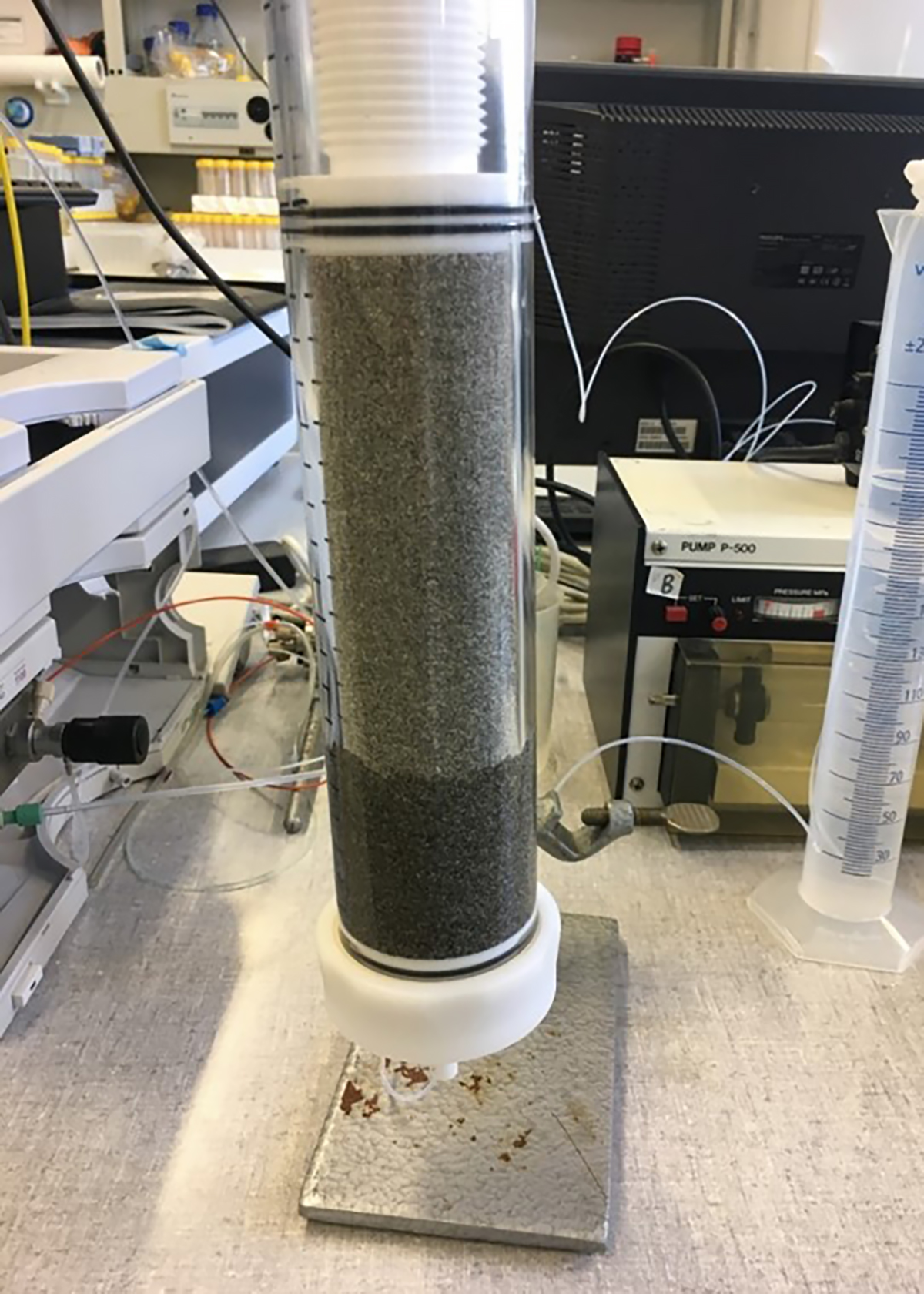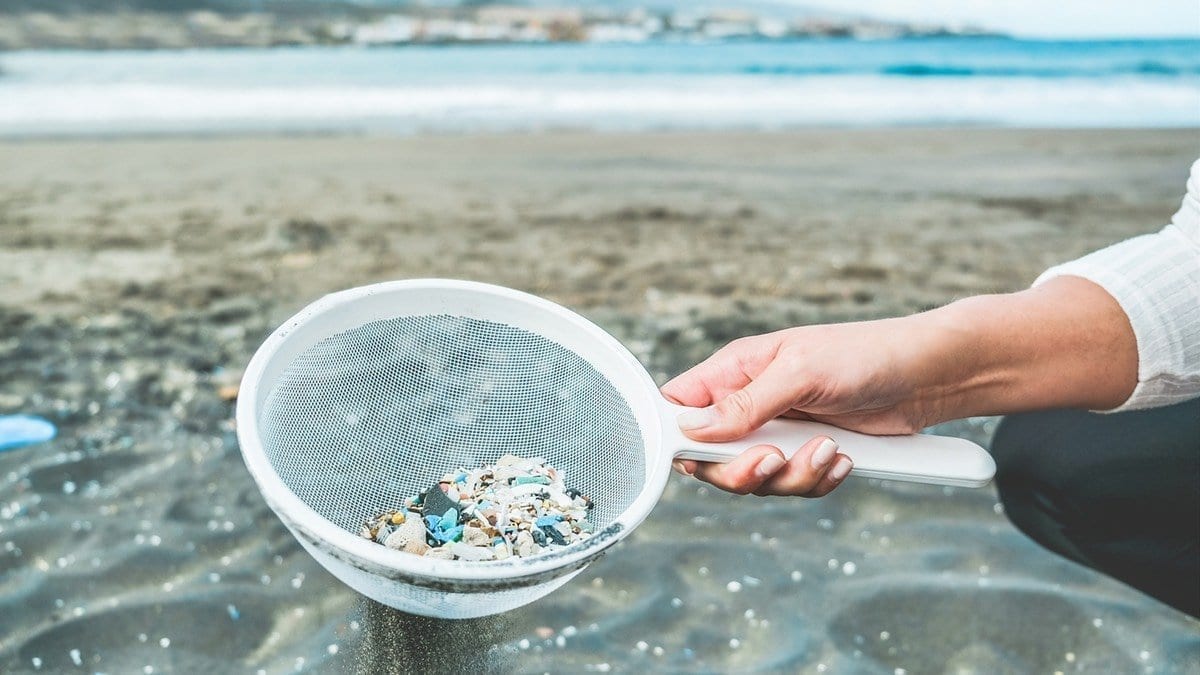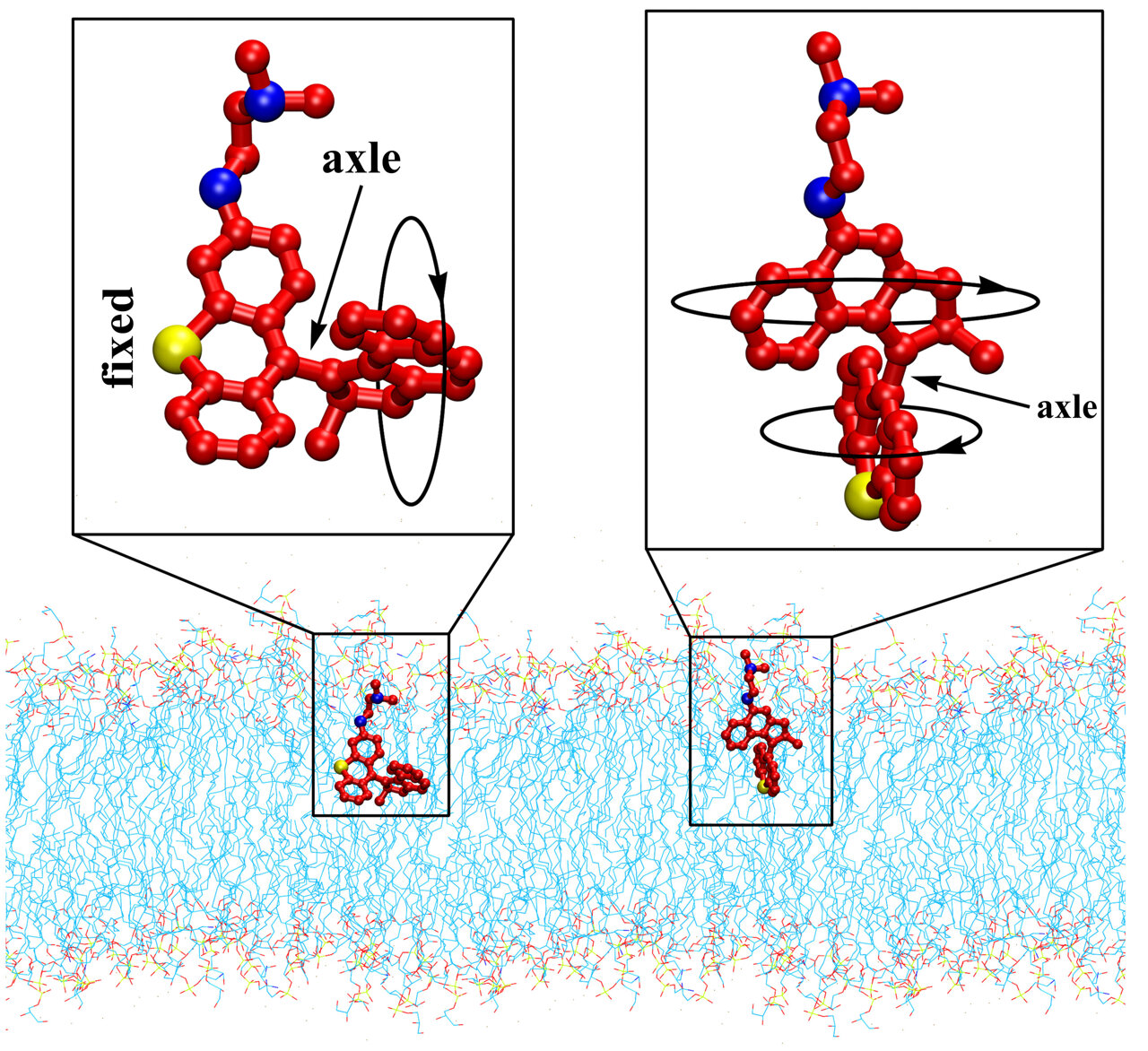
If lake water is filtered through sand filters, microplastics present in it would be efficiently retained. Lake Zurich.
(Photo: Andri Bryner, Eawag)
The biologically active, slow-flow sand filters of lake water treatment would remove nanoplastics from the raw water very efficiently. This was shown both in the laboratory and in larger, realistic tests and modelling.
It’s a hot topic, at least on social media: tiny plastic particles allegedly end up not only in oceans and lakes, but also in drinking water – and, yes, even in bottled mineral water. Eawag and the Zurich Water Works launched a joint project in 2019 to find out whether the tiniest of particles, measuring less than a thousandth of a millimetre across, actually find their way from lake water into drinking water pipes and therefore into homes, hospitals and restaurants.
Retained at 99.9%
The results are now in, and they include some reassuring findings. In a report published today in the Journal of Hazardous Materials, the researchers show that even if untreated water contained considerable quantities of nanoplastics, these particles were retained in sand filters very efficiently during water treatment. Both in laboratory tests and in a larger test facility located directly on the premises of the Zurich Water Works, the biologically active slow sand filter was the most effective at retaining nanoparticles – achieving an efficacy level in the region of 99.9%.
So far, there has only been limited research into how exactly nanoplastics are formed. “But it would appear that the degradation of larger plastic particles in the environment eventually results in nanoplastics,” says Ralf Kägi, Head of Eawag’s Particle Laboratory. However, even the process of identifying nanoplastic particles is anything but easy. For this, the team of researchers from Eawag, ETH Zurich, EPFL and the Politecnico di Torino used labelled nanoplastic particles, whose route through – or final location in – the water treatment process could be tracked using a mass spectrometer. This process is similar to that used in medicine, where cancer cells are specifically labelled in order to monitor their potential distribution in the human body.
Modelling enables forecasts
The researchers took the experimental findings from small laboratory setups at Eawag and larger test facilities at the Zurich Water Works and combined them with complex theoretical model calculations. This allowed them to make predictions regarding the behaviour of nanoplastics in drinking water treatment facilities. One interesting finding for water companies is that the models indicate a very high level of nanoplastic elimination even over long periods of time, such as when filters have a long operating life or long backwashing intervals.
Original Article: Water treatment plants would be ready for the removal of nanoplastics
More from: Swiss Federal Institute of Aquatic Science and Technology
The Latest Updates from Bing News & Google News
Go deeper with Bing News on:
Removing nanoplastics
- Fallen Tree Removal: Your Ultimate How-To Guide
Follow this guide for proper safety precautions, advice about who to call for help, downed tree removal costs and the steps to take to remove the tree yourself. If a tree falls on your property ...
- Removing PFAS from water will cost billions and take time. Here are ways to filter water at home
Like a sponge, it will capture the PFAS, removing it from the water. This is the same technology in refrigerator filters and in some water pitcher filters, like Brita or PUR. Note that many ...
- In a first, microplastic particles have been linked to heart disease
A groundbreaking new study shows how the presence of these tiny plastic particles in arteries likely affects your health—and may increase your risk of death ...
- The Best Way to Remove Gum From Carpet
While you may be tempted to forcibly remove the clingy carpet dweller by pulling it by hand, this approach can cause collateral damage to the delicate fibers of your carpet. Here’s how to get ...
- Amazon Is Removing Just Walk Out Technology
Amazon is removing “Just Walk Out” technology from its Amazon Fresh stores as part of an effort to revamp the grocery chain. It allowed shoppers to skip the check-out line. Multiple reports ...
Go deeper with Google Headlines on:
Removing nanoplastics
[google_news title=”” keyword=”removing nanoplastics” num_posts=”5″ blurb_length=”0″ show_thumb=”left”]
Go deeper with Bing News on:
Nanoplastic elimination
- Feed has no items.
Go deeper with Google Headlines on:
Nanoplastic elimination
[google_news title=”” keyword=”nanoplastic elimination” num_posts=”5″ blurb_length=”0″ show_thumb=”left”]




